Hair transplant after 10 days: our advice
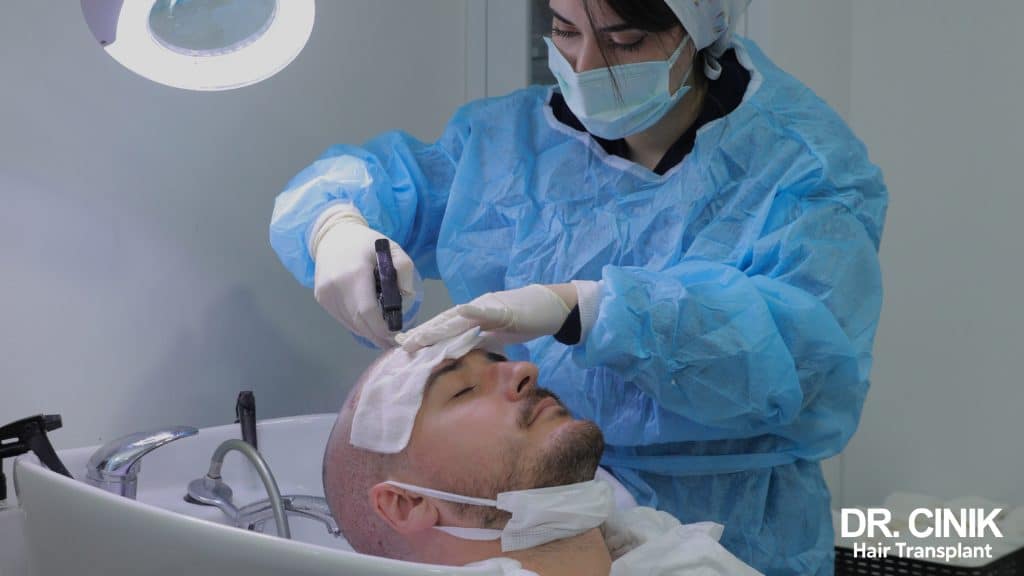
Sommaire
The first 10 days following a hair transplant are pivotal in healing. Though the most critical phase—where the grafts are exceedingly vulnerable—has passed, providing ideal healing conditions for ensuring graft survival and optimal regrowth is essential. From day 10 onwards, recipients may notice that the transplanted area is still red with scabs. It’s key that these scabs fall off naturally and are not forced off. Healing is underway, but the grafts are still delicate and require gentle care to secure permanent rooting.
Patients might start experiencing the initial signs of hair regrowth, yet specific measures should still be adhered to for several weeks to promote successful implantation. Precautions include avoiding irritation of the area, maintaining proper hydration, and steering clear of any actions that might cause rubbing or put excessive pressure on the new grafts. Diligently following post-operative guidelines is vital.
This guide delves into the important aspects of post-transplant care during this phase and comprehensive advice to foster the best possible recovery.
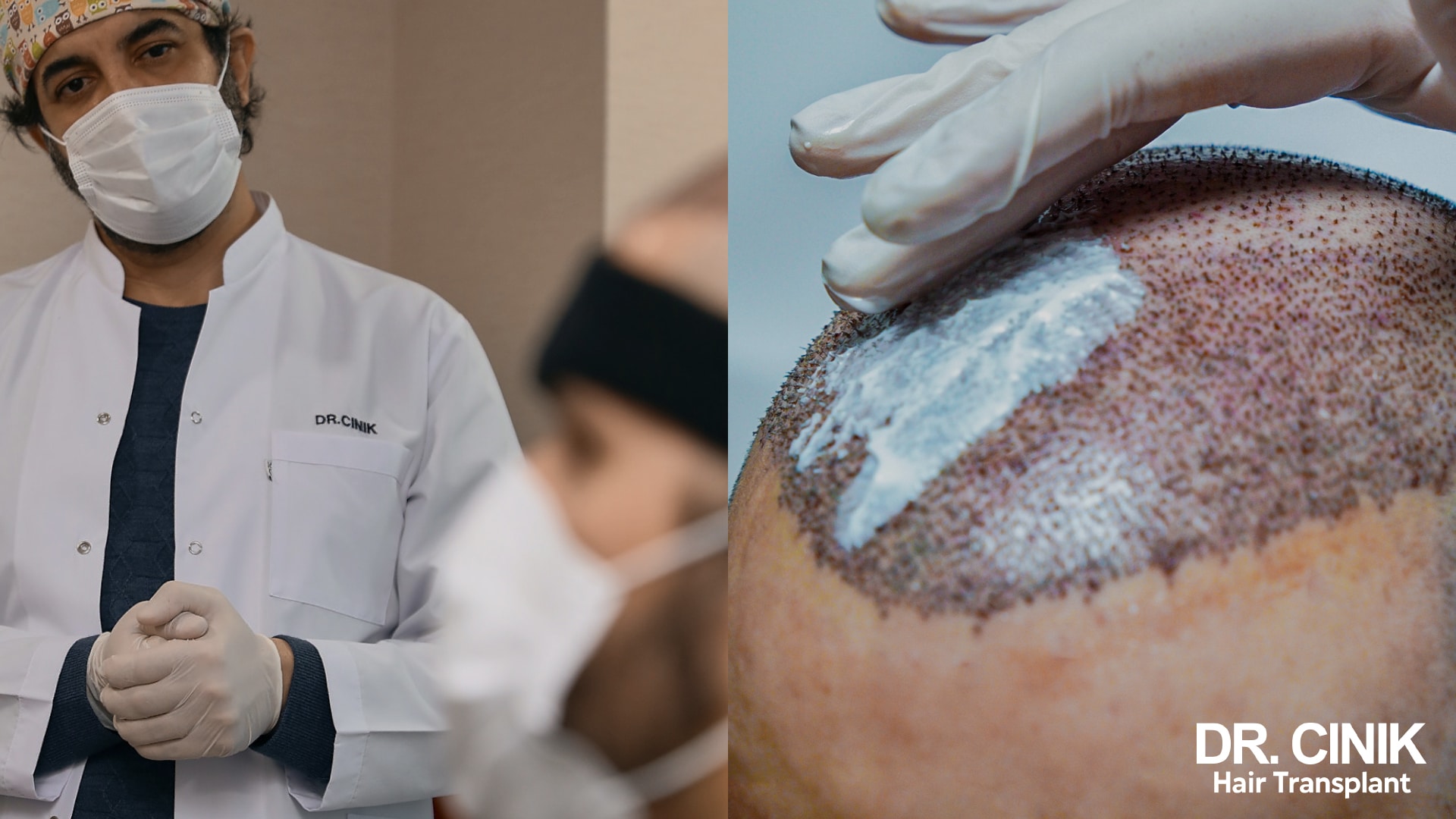
The appearance of the scalp 10 days after the hair transplant
Ten days post-hair transplant, the scalp typically appears reddened, with occasional pinkish hues. Scabs from the micro-incisions in the grafted area are still present. They should be allowed to dry and fall off naturally, with no interference before the 11th day after surgery.
Fine scars may start to appear as the scabs fall away. This part of the healing process can lead to itchiness, especially around the more sensitive edge areas of the scalp.
In certain areas, newly implanted grafts are becoming visible, with the hair follicles’ bases poking through the skin’s surface, providing an early glimpse of the future hairline and allowing for an assessment of the implant placement.
The affected areas may also display small, dry flakes, indicative of the skin’s gradual healing. Despite any itchiness or discomfort, it is vital to avoid scratching to protect the newly anchored grafts from any damage.

Pain and sensations
During the healing period, the scalp may endure a series of discomforting sensations:
- Tingling and itching typically occur due to the body’s inflammatory response aiding recovery. These sensations often intensify when one’s nervous tension decreases at day’s end.
- Certain areas may be tender to the touch, especially during shampooing. Even with utmost care, the interaction of water with the scalp during this hypersensitive phase can result in a localised burning feeling.
- Experiencing headaches or radiating pain across the scalp, neck, or shoulder blades is not uncommon. Such discomfort stems from the intricacies of the surgical procedure but generally diminishes within a few days.
- A persistent and uncomfortable feeling of tightness might also be felt, pulling at the scalp where the micro-incisions are healing.
- Furthermore, some neck movements may be restricted due to the temporary stiffening of the skin tissue in the operated areas.
These symptoms are a standard post-transplant recovery process and typically don’t warrant alarm. It’s crucial to diligently abide by the provided care instructions to mitigate these irritating symptoms until they fully vanish.
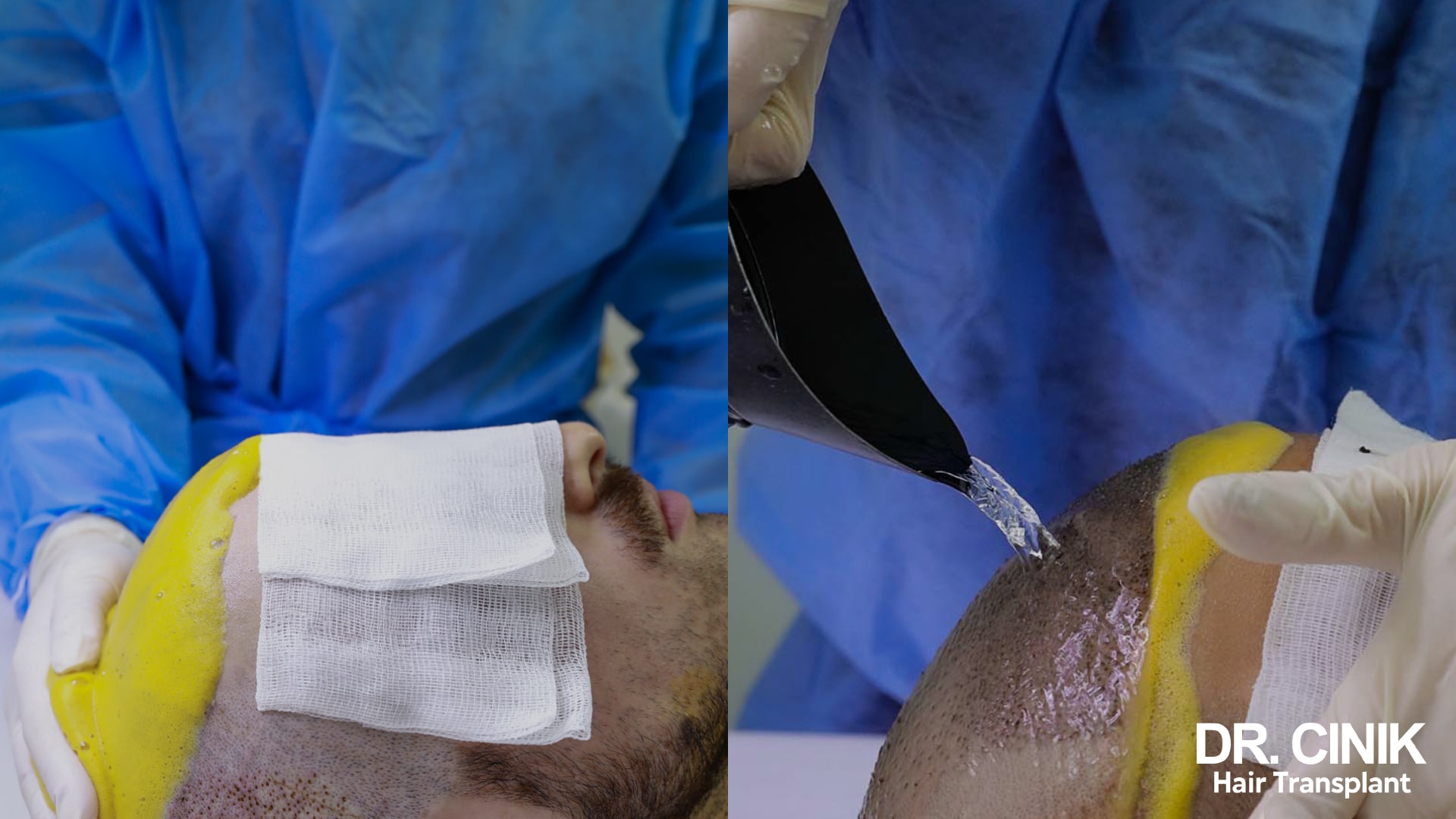
Shampoo and Scalp Care
After a hair transplant, shampooing must adhere to specific guidelines to ensure proper healing.
- Avoid disturbing the scabs before day 11. It’s imperative to let them dry and fall off on their own, as this is a natural aspect of the healing journey.
- A single daily shampoo is recommended, scheduled for either morning or evening to align with your routine.
- Utilise the shampoo provided by the clinic, crafted with a mild pH and specialised ingredients, to cleanse the sensitive scalp gently without causing dryness.
- Lather the shampoo in your hands with some water and apply it delicately to the surrounding areas, avoiding any rubbing motion on the newly grafted sites.
- Post-cleansing, applying aloe vera or calming lotions to the donor site can help soothe any itching sensations.
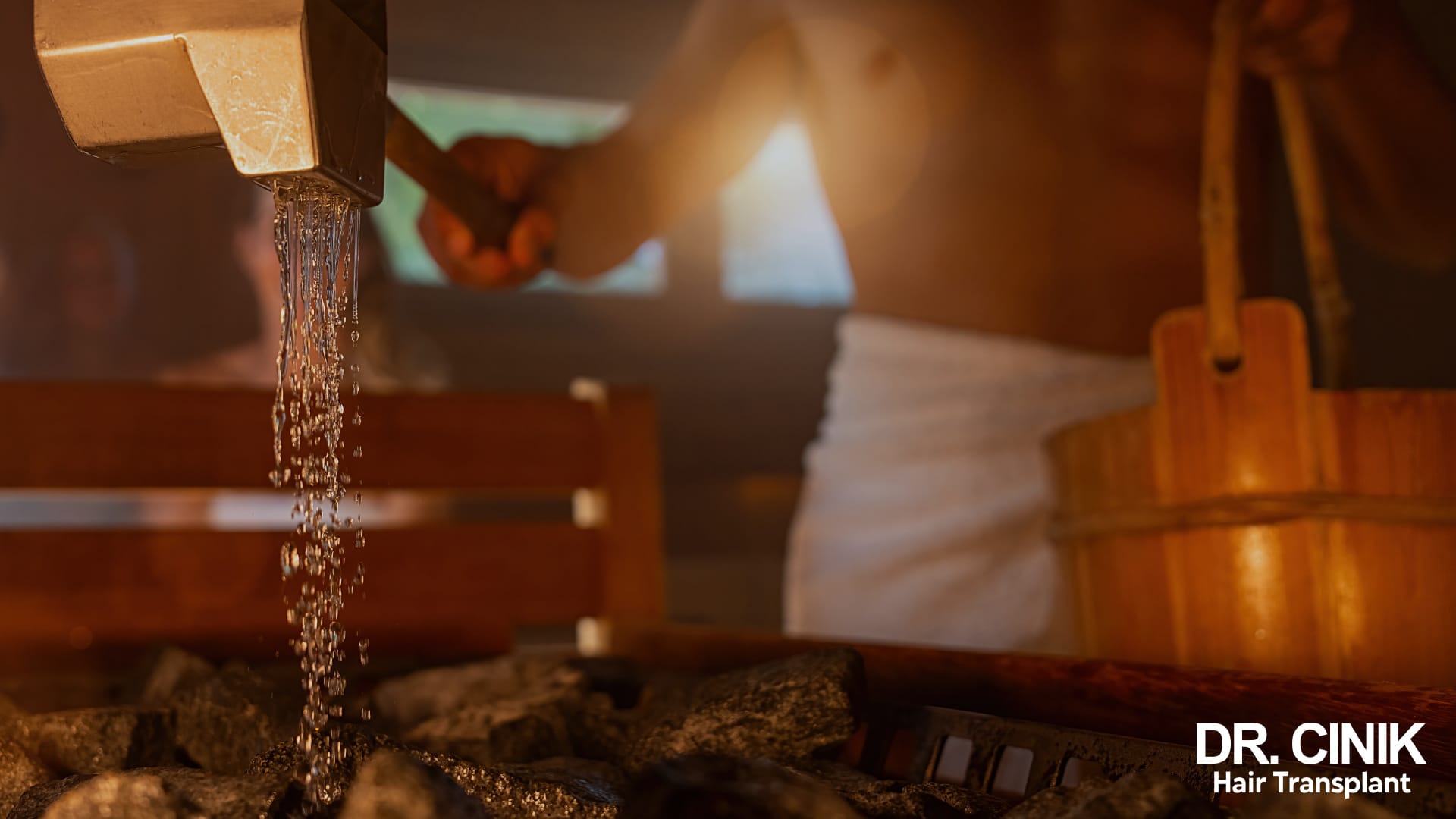
Preventing Swelling
Post-hair transplant, preventing the onset of swelling, or oedema, is a vital step as it could impede the blood supply to the grafts.
- Elevate your head during sleep by adding extra pillows. This position helps with venous return and reduces the buildup of interstitial fluid.
- Steer clear of heat sources such as direct sunlight, saunas, and steam rooms. They cause vasodilation, which can provoke inflammatory swelling.
- Should there be any signs of tightness or the beginning of swelling, apply cold compresses to the forehead and temples. The cooling effect causes vasoconstriction, reducing blood flow and subsequent tissue swelling.
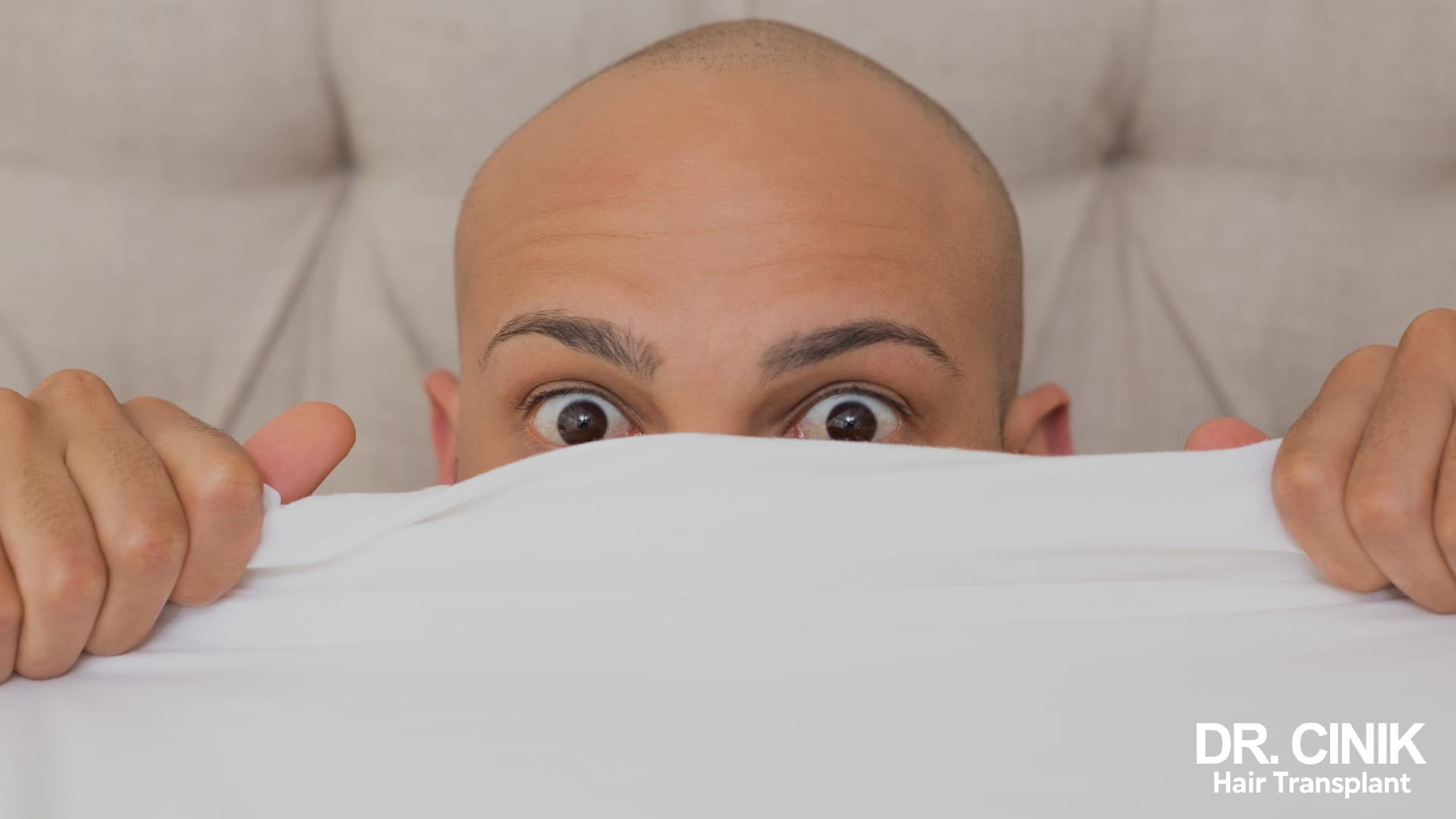
Sleep Guidelines
The period following surgery is critical for ensuring the safety of the grafts, and sleeping arrangements play an integral role.
- Maintaining a consistent supine position (lying on your back) is imperative. Ensure your head is comfortably supported by a bolster to prevent unwanted movement.
- Avoid sleeping on your side or stomach. A cervical collar is recommended to help restrict involuntary actions while in deep sleep.
- Refrain from using sleep-inducing medications such as sleeping pills, anxiolytics, or neuroleptics. These can induce side effects like sleepwalking or uncontrolled movements, posing a risk of harm to the grafted area.
Following these straightforward guidelines ensures optimal protection for your grafts during the crucial phase of skin integration. Remember, sound sleep is a significant contributor to the healing process.
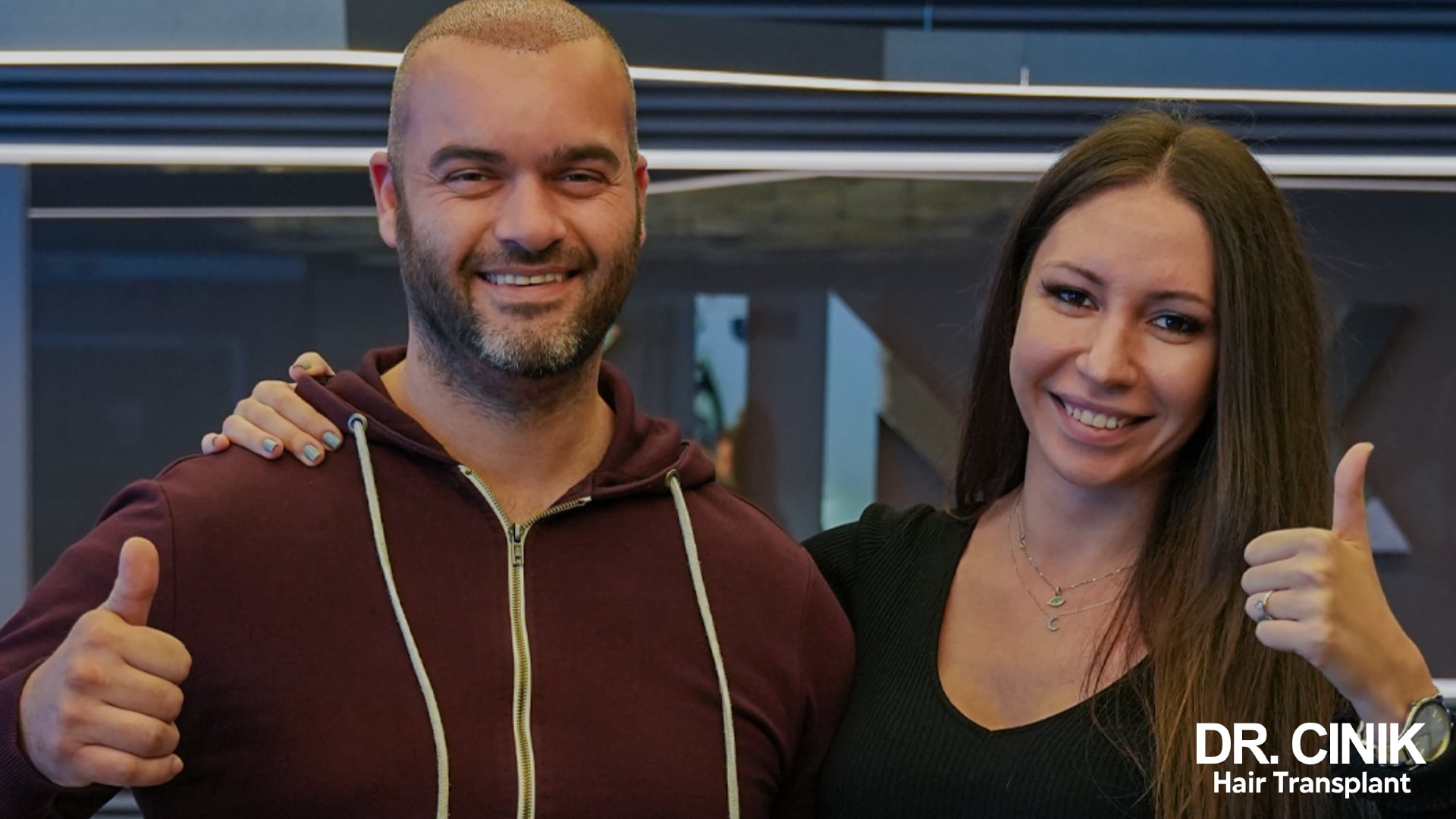
Read our article on how to sleep after a hair transplant
Resuming Sexuality
Care must be taken when resuming sexual activity following a hair transplant, in order to protect the healing grafts:
- Engaging in gentle sexual intercourse can be considered from the 10th day after the operation. Such activity should be brief and moderate in intensity.
- It is crucial to avoid any sexual positions that may apply pressure or cause friction on the grafted area, as this could dislodge newly implanted hair.
- Since sweat can increase the risk of infection, maintaining a cool environment in the bedroom is recommended.
- Be cautious when removing clothing to avoid catching on any dressings or scabs.
- If there are any signs of bleeding or unusual sensations, immediately halt the activity and consult your surgeon.
- In terms of masturbation, it is advised to wait a minimum of 10 days post-surgery before resuming and to proceed gently, ensuring there’s no direct contact with the transplantation site.
- Normal sexual activities can typically be gradually reintroduced starting from 3 weeks post-surgery, heeding your doctor’s guidance on the status of your healing process.
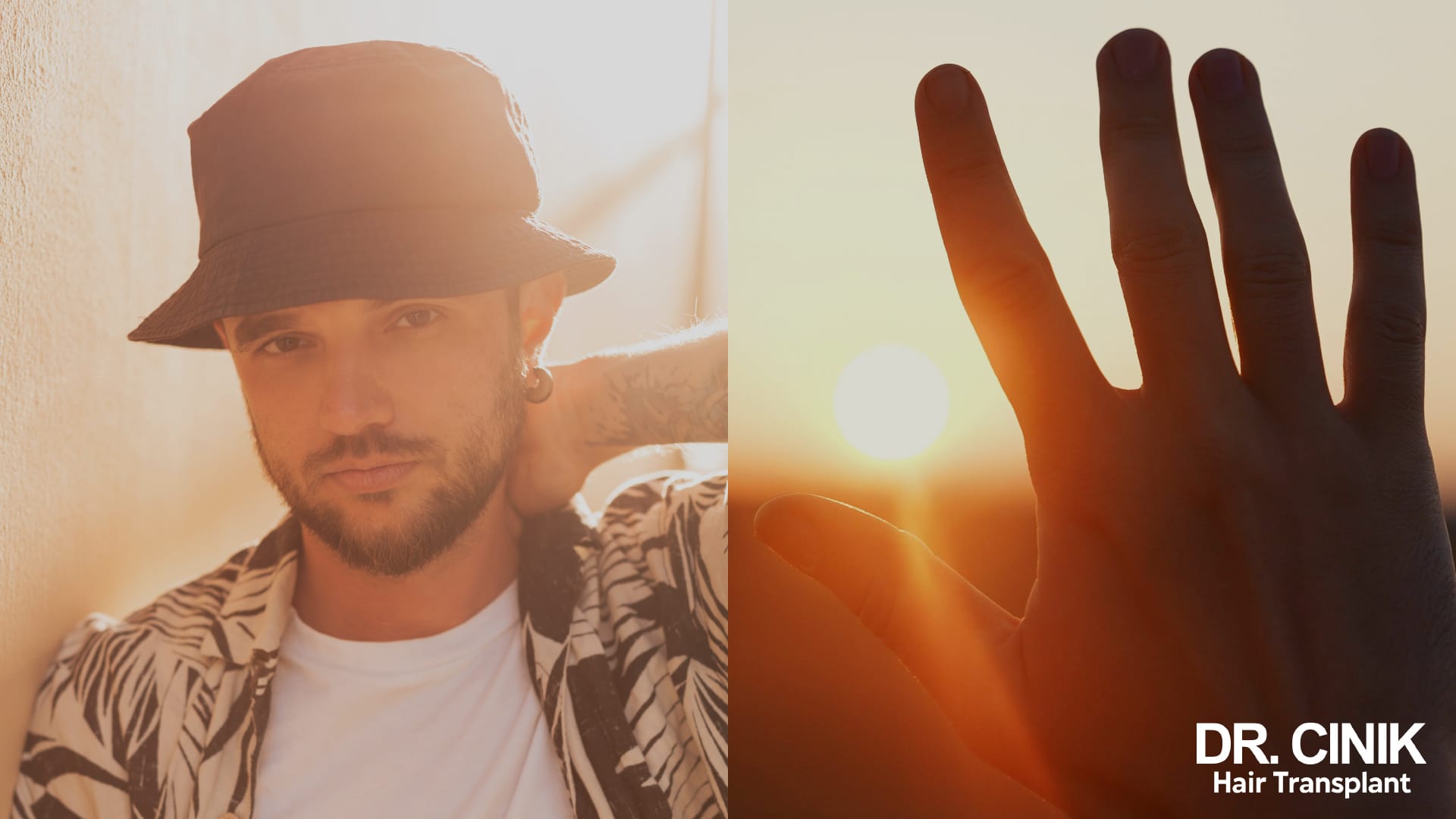
Exposure to the Sun
Post-hair transplant, shielding your scalp from the sun is a critical step. UV rays can compromise the integrity of developing implants and impede their successful integration.
To safeguard your scalp, it’s important to wear a wide-brimmed hat when venturing outside. Ensure it casts ample shade over the entire transplanted region, protecting the delicate area below.
Remember, when you’re at the beach or poolside, the sun’s reflection off water and sand intensifies exposure, so continue to prioritise protection even in these environments.
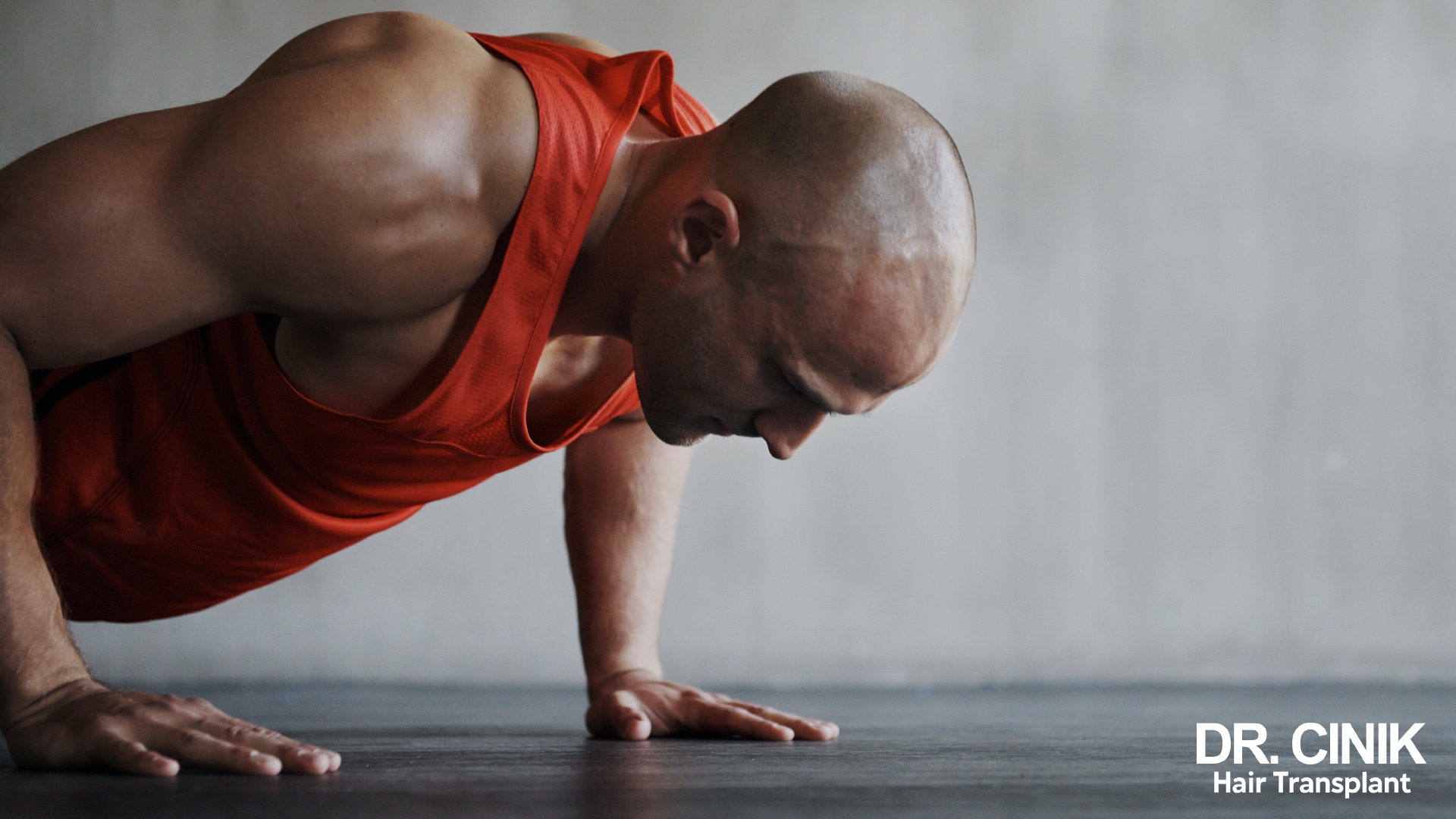
Resume Physical Activity
Resuming sports activities, post-hair transplant should be approached sensibly and progressively.
- Starting 10 days post-transplant, you might take light, short walks daily.
- Swimming can be resumed after 3 weeks, provided you wear a snug swim cap to protect the grafts.
Nevertheless, engaging in contact, combat, or team sports should be avoided until the grafts are fully secured, which typically takes about 4 months.

Alcohol and Tobacco Consumption After Surgery
During the post-operative period, steering clear of alcohol and tobacco is highly advised due to their detrimental effects on graft viability.
- Abstaining from alcohol for a minimum of one month is crucial. Alcohol’s ability to dilate blood vessels can lead to increased inflammation and bleeding in recovering implants.
- A complete stop to smoking is suggested for several weeks. Nicotine constricts blood vessels, hindering blood flow and oxygen delivery to the newly implanted hair follicles.
To maximise the success of graft integration and ensure the best possible regrowth, it’s important to avoid these harmful substances throughout the recovery period.
 en
en



